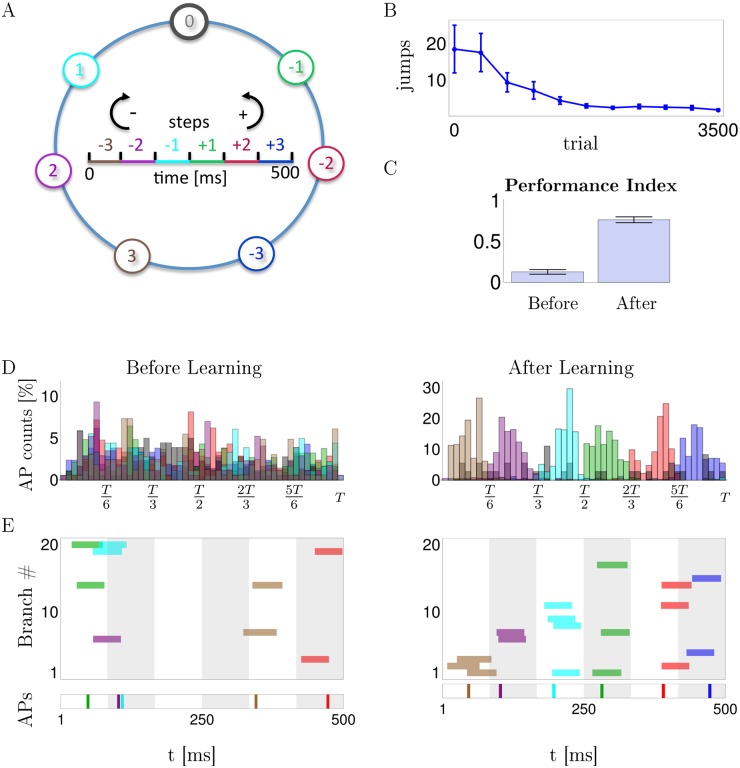Fig 5. R-sdSP learns the correct spike-timing in a navigational task with binary and delayed feedback.
A: At each position a fixed spike pattern is presented, and the timing of the first somatic spike tells how many steps in the clock (−) or counter clock (+) direction are taken. Color code of the time bin indicates the preferred spike timing for directly jumping to target position 0 when being at the correspondingly colored circle position (see text). B: Evolution of the mean number of jumps needed from a randomly chosen circle position until 0 is reached. C: Performance Index defined as the probability of directly jumping from any of the 6 circle positions to the target, and staying there if already at 0. Before learning this probability is 0.13, after learning it is 0.78. D: Histogram of first somatic spikes at the various positions before and after learning, averaged across patterns and learning runs (color code as in A). (E) Timing of the first NMDA spike in each of the 20 branches (upper panel) and the first somatic spike (lower panel) when stimulated with the patterns associated to the 6 circle positions (colors encode positions as in A). After learning, NMDA-spikes in 2-4 branches co-align and trigger somatic spike timing the appropriate time bin.

